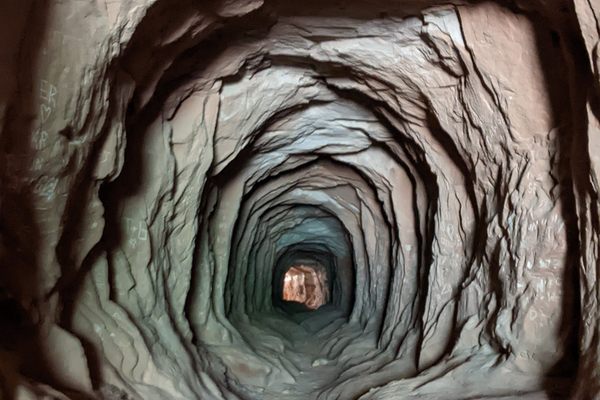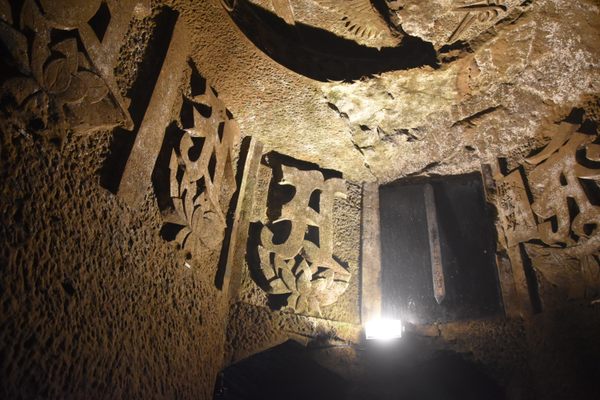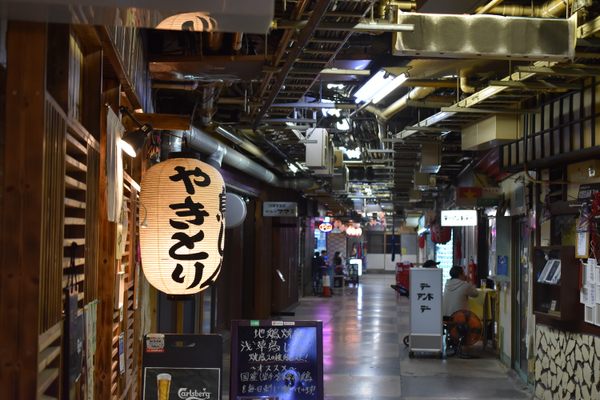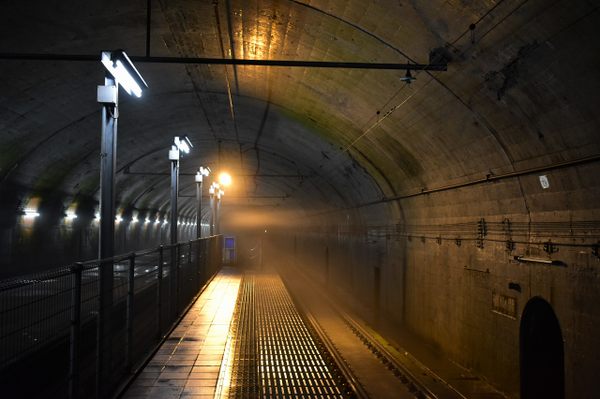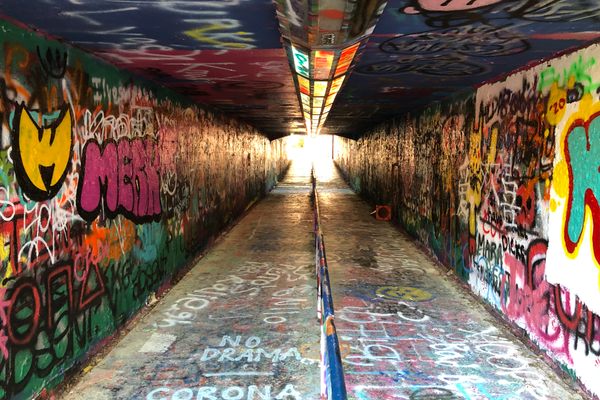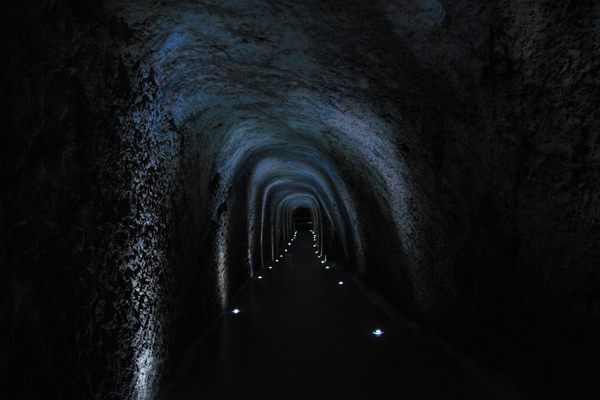About
The Manzana de las Luces, or “Block of the Lights,” housed the activities of the early Jesuit missionaries in the nascent Buenos Aires, and as a complex comprises the church of San Ignacio, a cloister residence, a large arcaded patio, and colonial-era administrative building.
Although once housing Argentina's first national library, college, and even the country's legislature, Manzana de las Luces's notoriety derives in part from its function as a central point in Buenos Aires' mysterious subterranean tunnel system.
The tunnels likely date from as early as the late 17th century, and given the paucity of any records or mention of the tunnels' construction, remain shrouded in mystery. The first documented report of an uncovered tunnel came in 1865, and interest in the tunnel network reappeared during a project to drain the neighborhood of San Telmo, when engineers discovered more tunnels. The tunnels range in size, and some lead to large, vaulted chambers. Many have caved in, and the city government demolished many more to make way for the “A” line of the Buenos Aires subway system in the early 20th century.
Opinions as to the tunnels' functions range widely, since the history of their construction remains the stuff of urban legend, and speculation ranges from a defensive or escape network for troops or clergy, to secret chambers for inquisition-style torture, to a clandestine system for smuggling contraband.
Daniel Schávelzon, author of The Tunnels of Buenos Aires and the head of the Center for Urban Archaeology, says the tunnels likely indicate an incomplete project initiated by the Jesuits to connect the city's churches underground. Although chambers and tunnels exist directly under and around religious, government, or military buildings, many of these smaller networks do not ultimately connect.
Many tunnels remain undiscovered, however, and may remain secret, perhaps still serving some mysterious function, unknown to the oblivious Argentinians who walk above them.
It's believed these tunnels were the inspiration for those featured in the famous chapter "Report on the Blind" in the novel On Heroes and Tombs, widely considered to be the literary magnum opus of the writer Ernesto Sabato.
Related Tags
Know Before You Go
Peru Street, between Adolfo Alsina and Mariano Moreno. Two blocks from the Plaza de Mayo
Published
March 11, 2010










